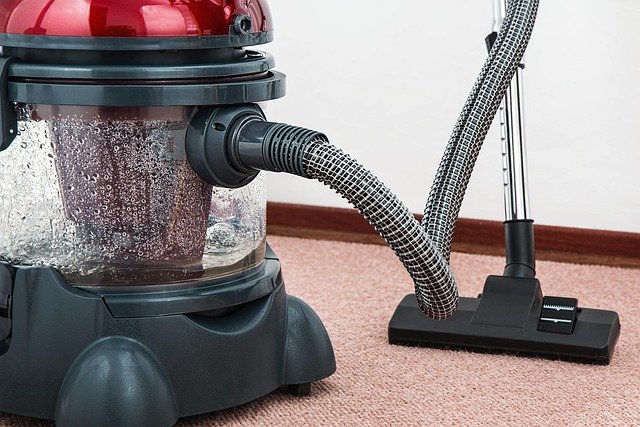Allergen Reduction Strategies with Targeted Cleaning Tools
Reducing allergens in the home or workplace requires more than broad sweeping — it takes targeted tools and methods that reach the places where particles accumulate. This article looks at how specialized cleaning gels and complementary tools can be used safely and effectively to tackle allergens on electronics, appliances, and textured surfaces.

Allergen control benefits from selecting tools that match the task and the surface. Targeted cleaning products — including gels designed to lift dust and debris from tight spaces — can reduce reservoirs of allergens on electronics, appliances, and household surfaces when used with appropriate methods. Understanding material compatibility, application technique, and post-cleaning handling helps prevent redistribution of particles and maintains indoor air quality.
electronics: what to consider
Electronic devices collect dust, skin flakes, and pollen on vents, screens, and keyboards. Use of a low-residue, non-conductive cleaning gel can help extract particles from crevices without introducing moisture that could damage components. Prioritize gels formulated for electronics that specify safe viscosity and non-corrosive ingredients. Always power down and unplug devices before cleaning and follow manufacturer recommendations to avoid warranty issues or component harm.
surfaces and crevices: targeting hidden allergen reservoirs
Allergens tend to accumulate where airflow is restricted: seam lines, grout, keyboard keys, and cushion folds. A malleable gel can conform to irregular textures, pulling particulate from narrow crevices that vacuum nozzles cannot reach. For larger surfaces, combine gel use with high-efficiency vacuuming and microfibre wiping to remove both loose and embedded material. Keep in mind that gels are most effective as a targeted treatment rather than a sole cleaning method.
texture, viscosity, and residues: matching gel to task
Texture and viscosity determine how a gel interacts with a surface. Thicker gels may pick up more debris from textured or porous surfaces but risk leaving residues if overused. Lower-viscosity formulations can access tight gaps but may spread more easily. Choose products labeled low-residue or easily removable, and test on an inconspicuous area first. After gel use, follow with an appropriate wipe or vacuum step to eliminate any remaining particles or tacky deposits.
maintenance and appliances: routine cleaning methods
Routine maintenance reduces the scale of allergen build-up. For appliances such as HVAC vents, dryers, and kitchen machines, schedule periodic cleaning that combines manual removal and filtration maintenance. Use cleaning gels on control panels and dials where dust collects, then perform a follow-up cleaning of filters and ducts where feasible. Regular checks of appliance filters and lint traps complement surface treatments and help prevent return of allergen loads.
safety, storage, and disposal: handling cleaning gels
Handle cleaning gels in accordance with safety guidance and product labels. Keep them away from children and pets, store in cool, dry locations, and avoid contact with food-preparation areas unless the product is explicitly food-safe. Disposal should follow local regulations — many gels can be disposed of in household trash, but some formulations containing solvents or degreasers require special handling. Consult local waste guidelines for hazardous or liquid chemical disposal to ensure compliance.
cleaning methods and allergens: effective approaches
Effective allergen reduction combines mechanical removal (vacuuming with HEPA filters, microfibre dusting), targeted chemical or gel treatments, and environmental controls like humidity management and filtration. When using gels, pair them with degreasing steps only where necessary; aggressive degreasers can remove protective finishes or leave residues that attract more dust. For porous textiles, consider laundering or professional cleaning; for electronics and delicate finishes, stick to products labeled safe for those surfaces.
This article is for informational purposes only and should not be considered medical advice. Please consult a qualified healthcare professional for personalized guidance and treatment.
Conclusion Targeted cleaning tools, including appropriately formulated gels, offer a useful option for reducing allergen reservoirs in hard-to-reach areas. Success depends on matching product characteristics — texture, viscosity, and residue profile — to the surface and following safety, storage, and disposal guidance. When combined with routine maintenance and suitable cleaning methods, these tools help limit allergen exposure across electronics, appliances, and household surfaces.






